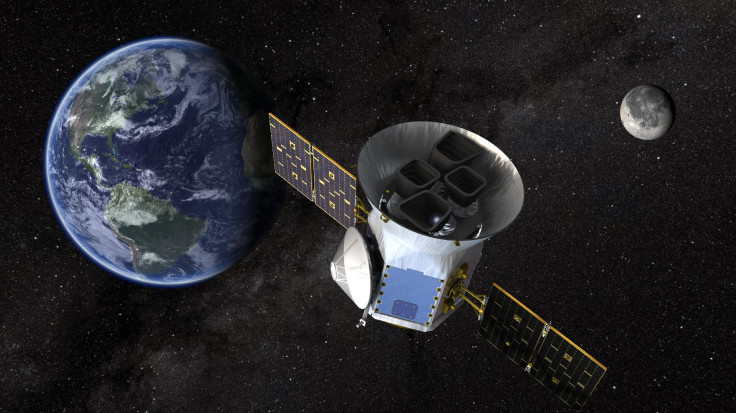Watch: NASA’s Exoplanet Hunter TESS Photographs Passing Comet, Distant Stars In Space
Back in April, NASA launched Transiting Exoplanet Survey Satellite, aka TESS, on a mission to hunt worlds similar to our own beyond the boundaries of the solar system.
The satellite began science observations on July 25, but before that, it was in the commissioning phase, which NASA used to test its instruments and observational capabilities. During this work, the spacecraft photographed a range of space objects, including a comet zipping through the darkness of space.

Moving some 29 million miles away from Earth, the comet, officially named C/2018 N1, was observed and imaged over a 17-hour long period. The photographs were transmitted when the spacecraft made a close pass by Earth and used by the agency to showcase its motion in a compiled footage.
C/2018 N1 was found just over a month ago by NASA’s Near-Earth Object Wide-field Infrared Survey Explorer or NEOWISE satellite. In the clip, shared by the agency on August 6, it can be seen as a bright object hurtling from right to left in the darkness of space, with stars and other objects in the background.
Viewers can even see the tail of the comet over its head. This feature appears when the icy surface of a comet is heated by the sun, leading to a release of dust and other material. The material looks like a long tail when swept by sunlight and the stream of charged particles from the star. In this case, the tail of the comet also appears to be changing its direction, slightly.
However, the comet isn’t the only attraction of these images. TESS also captured a range of small asteroids as well as stars sitting far from the solar system. The space rocks appear as tiny white dots in the shot, while the stars appear to shift between black and white — a feature indicating gradual changes in their brightness. According to NASA, such changes occur when a star is rotating to fast or is eclipsed by a closely orbiting body like a planet.
The footage clearly demonstrates TESS's ability to observe a broad region of the sky for long periods and hunt transits, occasional dips in the light of a nearby star, occurring due to a possible exoplanet. The data collected by the spacecraft will be transmitted after every 13 days when it comes closest to Earth in its orbit.
© Copyright IBTimes 2024. All rights reserved.





















